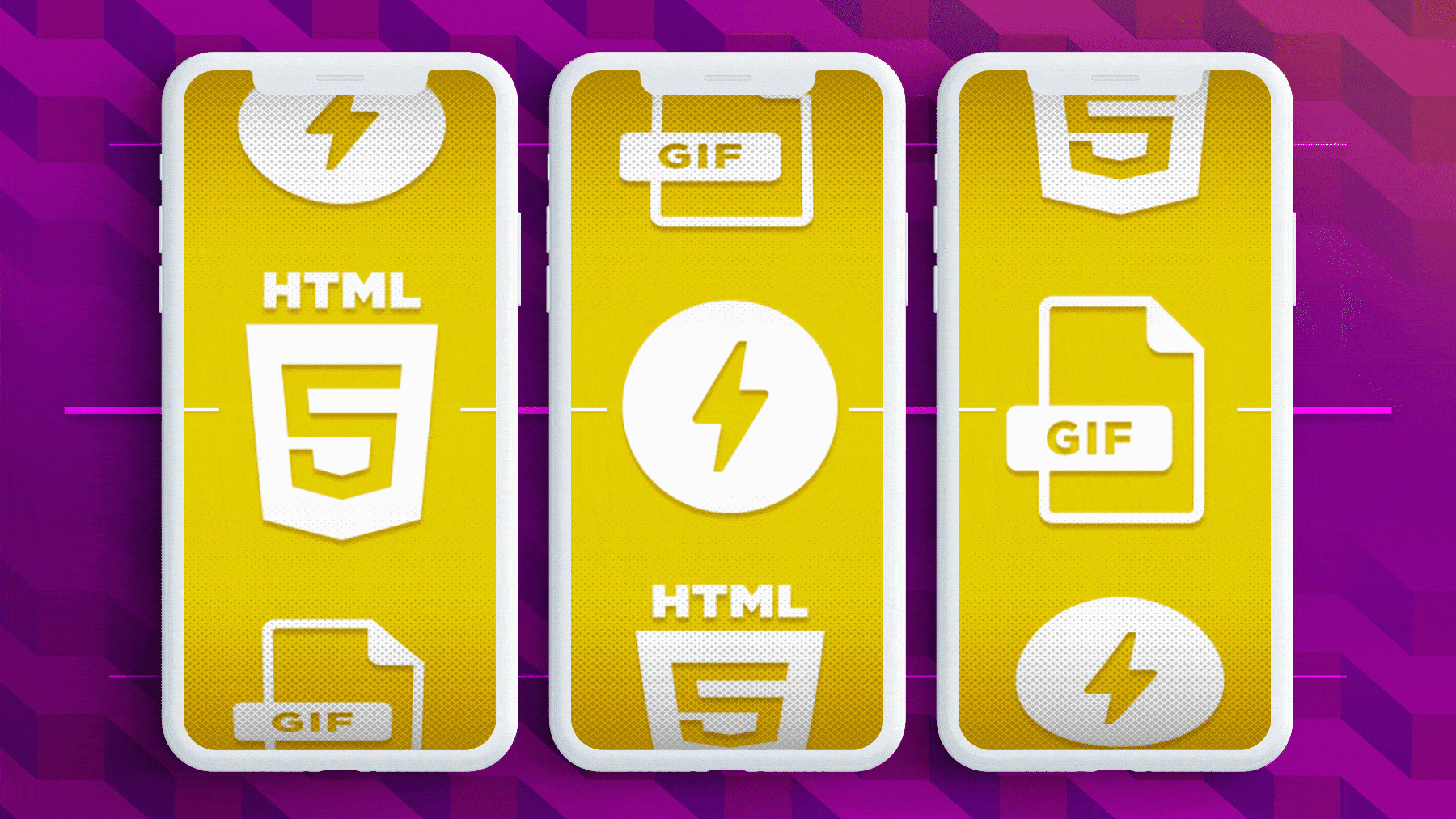
Branding is so much more than developing a name and a logo. It not only requires hard work up front, but an ongoing effort toward improvement to ensure your brand doesn’t become stagnant and continues to grow. Whether you are a branding guru or just getting your feet wet, these five rules are essential to maximizing branding benefits for your business.
1. Social media engagement
You have an invaluable and underutilized ally on your side in the way of social media. In the age of online networking, it is absolutely vital that your brand is strongly represented. If what you’re posting is noteworthy, it has the possibility of spreading like wildfire by word-of-mouth. You know your followers have voluntarily signed up to listen to you, and this willingness is half the battle. Inbound marketing is only becoming more and more prominent, and if what you say is worthwhile, you have the opportunity to have it picked up by customers, bloggers and colleagues alike. And it’s free.
Free promotion in itself should be worth your time, but if you’re not convinced, look at it this way—nothing allows you to connect with your customers the way social media does. No longer are you talking at customers, but with them. And in a cluttered world of sensory overload and advertisement chaos, a true and honest connection is what customers crave and will get you the furthest down the path of brand loyalty.
We are beyond the era of the focus group. Take advantage of social media for real time feedback and engagement with customers.
2. Embracing change and taking risks
As you’ve probably noticed, advertising and marketing are vastly different than they were a decade ago. Even five years ago. This means constant evolution in the way brands are managed and promoted.
Often times, businesses love the idea of going in a fresh, edgy new direction with their brand, only to revert back to familiar concepts when it’s time to finalize campaigns. Familiar is safe and comfortable, it hasn’t let them down yet, but you can’t access the new territories you have your eyes on and grow without breaking a few boundaries. Anything with potential for great reward will probably make you nervous. Most bold moves seem intimidating at first. You can be sure Volkswagen was apprehensive about their 1959 “Think small” ad, a drastically new style of advertising at the time. But they took the risk, broke ground, and are now not only continuing to lead the way, but used as an example in advertising classes around the world.
Reevaluate where your brand stands. Maybe it’s time for change. Whether that change is to modernize or to reestablish your brand. Begin asking yourself questions. Is your website up to the standard of today? Is it responsive? Easy to navigate? What could make you stand out as a competitor? It might be intimidating at first, but remember, the biggest return is from the greatest risk.
3. Brand consistency
While we’ll always encourage brands to evolve, be aware that consistency is key. Everything from your look to your voice and messaging should be constant across the board. Coca-Cola is a great example of a brand that’s done it right. You know a Coke ad when you see it. If you compare the ads below, from 1962 and 2009, you’ll see they’re pretty similar, with the same friendly voice and sensationalism, but the ads complement the times.
Consistency helps customers to not only build trust and loyalty, but brand equity. You know, the moment you’re at the store and think, “I can buy one or the other, I think I’ll choose the one I’ve heard of.” We’ve all done it. That recognized name being yours is more likely with a thread of consistency running through your brand.
4. Finding a focus
It’s tempting to cast a far-reaching net with hopes of catching more fish. But different fish require different netting. You’ll find if you customize the net to the creature you seek, your results are much better. This huge hopeless net is much like broad ads with 10 purposes, meant to capture the attention of anyone and everyone who looks at them.
Choose who you want to talk to specifically and tailor a focused message to them. Quality over quantity, right? One-on-one conversations are more special than attending a lecture. If you focus your message with a single purpose, you’re more likely to reach and engage the audience you’re aiming for. Don’t worry, you don’t have to forget all the other great things your brand offers, just serve them up on a separate platter. You wouldn’t mix the cranberry sauce and gravy on the table at Thanksgiving dinner, so don’t mix your messages. New message, new point of contact.
5. Plan, plan, plan
It’s easy to get swept off your feet into the land of impulse. But impulse can end in budget and strategy tragedy. Pick a time, whether it’s the end of the year or beginning, and scope out your year. What message do you want to tell? How much money can you budget to get your brand in front of customers? What major projects or trade shows do you want to accomplish/be represented at? Doing this helps you make financial choices that are sound for your business, and ensure you are still making strides towards improving your brand’s presence in the market. If you work with an agency, make them your partner in this process, and allow them to use their expertise to help you craft a plan with the most bang for your budgetary buck.
No matter how fantastic your product or service is, without a face a consumer can trust and recognize, you have no advantage over your competition. Take the time to invest in the growth of your brand, and you will be amazed at the long-term reward.


